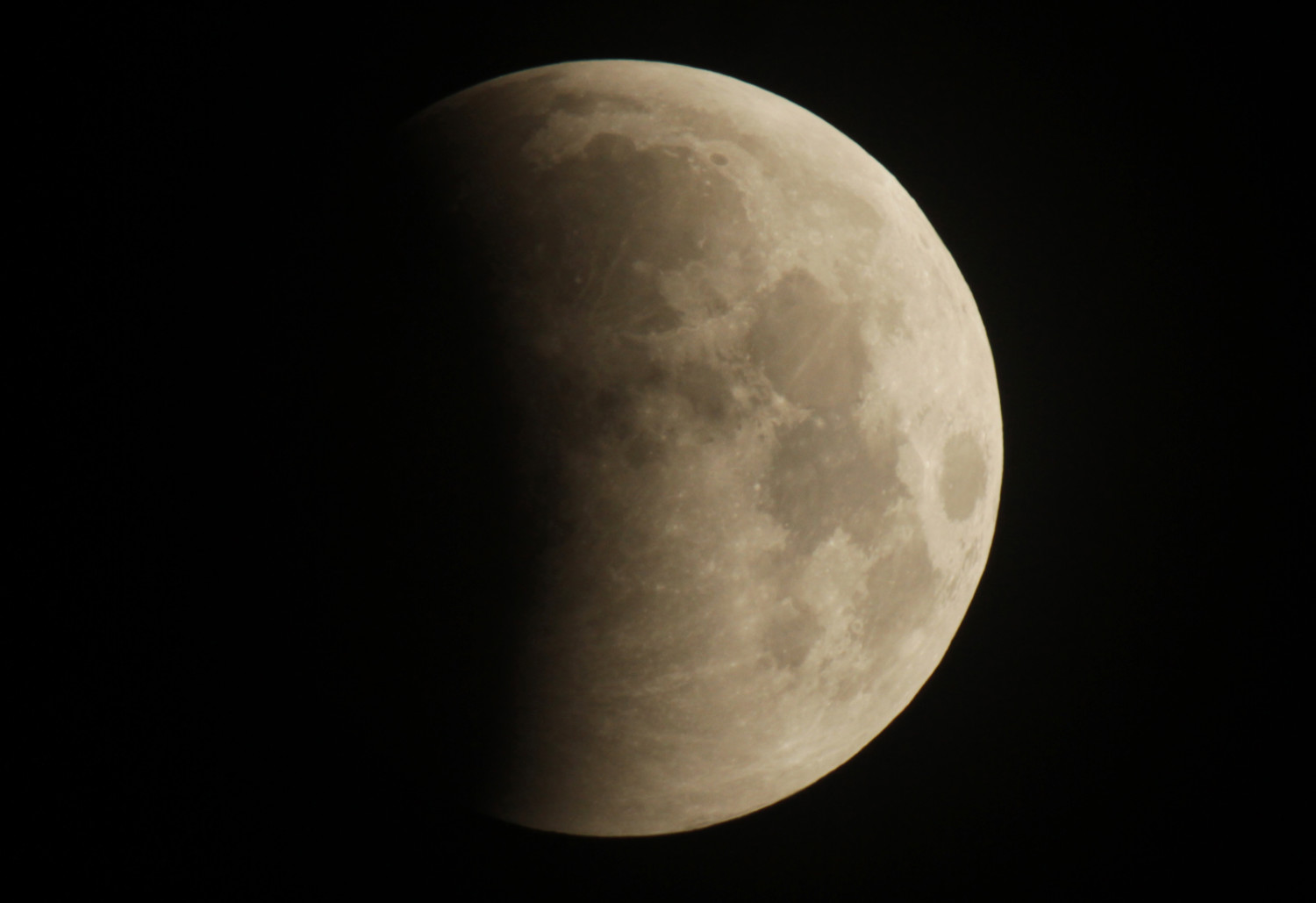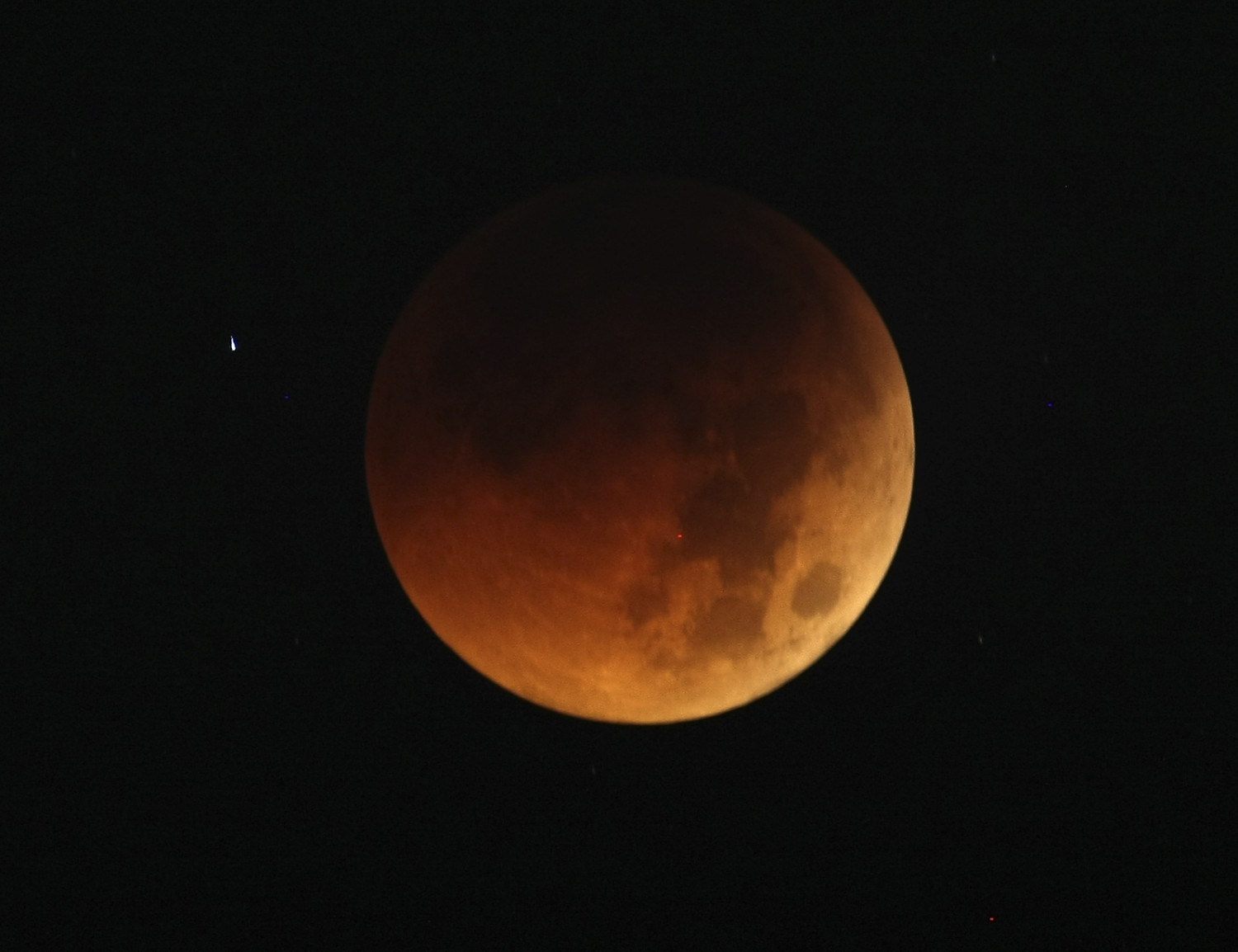The second and final lunar eclipse of 2021 is on the horizon, and people in the U.S. will get a prime view of the event.
If you love looking up into the night sky to see astronomical phenomena, then you’ll want to keep your eyes up toward the heavens shortly before Thanksgiving. In the early morning and pre-dawn hours of Nov. 19, 2021, a partial lunar eclipse will occur.
According to NASA, “When Earth is positioned precisely between the moon and sun, Earth’s shadow falls upon the surface of the moon, dimming it and sometimes turning the lunar surface a striking red over the course of a few hours.”

The upcoming celestial event will be a partial lunar eclipse because the Earth’s shadow will not cover the entire moon.
However, don’t let the partial label fool you. On Nov. 19, 97% of the moon will be shrouded in the shadow of our planet. So, even though the eclipse won’t technically be full, the sight will still impress those willing to be up to watch it.
Unlike a solar eclipse, you don’t need any special equipment or glasses to view a lunar eclipse. You might need an alarm clock, though, to make sure you’re up at the right time to catch the Earth’s shadow as it makes its way across the moon.
According to EarthSky, the Earth’s shadow will first appear on the moon at 2:19 a.m. EST on Nov. 19. Then, over the next six hours, the shadow slowly spreads across the moon, covering 97% of the lunar surface by 4:03 a.m. EST. Finally, Earth’s shadow recedes completely by 5:47 a.m. EST.

Depending on weather conditions, the entire partial lunar eclipse should be visible in North America and the Pacific Ocean, Alaska, eastern Australia, New Zealand and Japan, EarthSky reports. So, professional and amateur astronomers in these areas will have a front-row seat to the show in the sky.
So, set those alarms. Then grab a chair, a warm drink and pair of binoculars if you want to witness one of nature’s amazing events this month.
This story originally appeared on Simplemost. Checkout Simplemost for additional stories.


